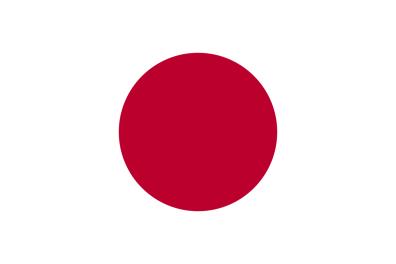This goes
to space
Unknown Payload
The payload for this mission has not been revealed.

On this
rocket
Kairos
The Kairos rocket is based on technology developed by IHI Aerospace and the Japan Aerospace Exploration Agency (JAXA). It is a relatively small rocket at 18 meters long and 1.4 meters in diameter, but is capable of putting satellites weighing up to 100 kilograms into low earth orbit at an altitude of 500 kilometers.
Specs
Basic configuration: Solid fuel three-stage and liquid propellant upper stage (PBS).
Height: Approximately 18 meters.
Total weight: Approximately 23 metric-tons.
Diameter: 1.35 meters (fairing diameter 1.5 meters).
Launch capability: Sun-synchronous orbit (SSO): 150 kg (inclination 97 degrees, altitude 500 km).
Low Earth orbit (LEO): 250 kg (inclination 33 degrees, altitude 500 km).
By comparison, Japan’s primary large-scale launch vehicle, the liquid fuel H-IIA developed by Mitsubishi Heavy Industries and JAXA, is 53 meters long and 4 meters in diameter.
Kairos is the ancient Greek god of time and opportunity. According to a Space One press release, Kairos also stands for Kii-based Advanced & Instant Rocket System.
Management hopes that its solid fuel technology will enable Space One to provide the world’s shortest time from order to launch – only four days, compared with more than a month for liquid fuel rockets.
“SPACE ONE is a launch service that uses small rockets. We will offer the world’s shortest lead time from contractual agreement to launch as well as the world’s most frequent launching schedule,” the press release says.
Courtesy of Asia Times

From this
launch site
Space One Launch Pad, Space Port Kii, Japan
Space One has built a dedicated launch site “Spaceport Kii” in Kushimoto, Wakayama Prefecture, on the southernmost point of Honshu island.
With a location suitable for launching rockets open to the south and east, Space One can provide flexible services that meet the various needs of satellite launches.
Courtesy of Space One

GET THE SUPERCLUSTER APP
THE SUPERCLUSTER PODCAST
A podcast exploring the amazing milestones that changed space history, the wildest ideas that drive our future, and every development in this new Golden Age of Space.
Donate to support
Your support makes the Astronaut Database and Launch Tracker possible, and keeps all Supercluster content free.
SupportCOPYRIGHT 2021 SUPERCLUSTER LLC

